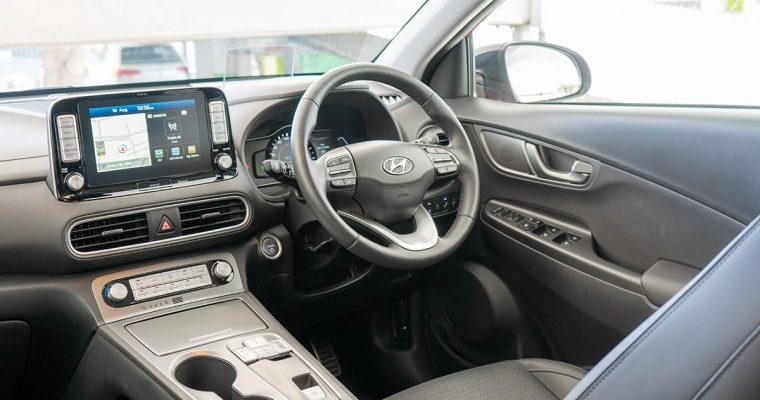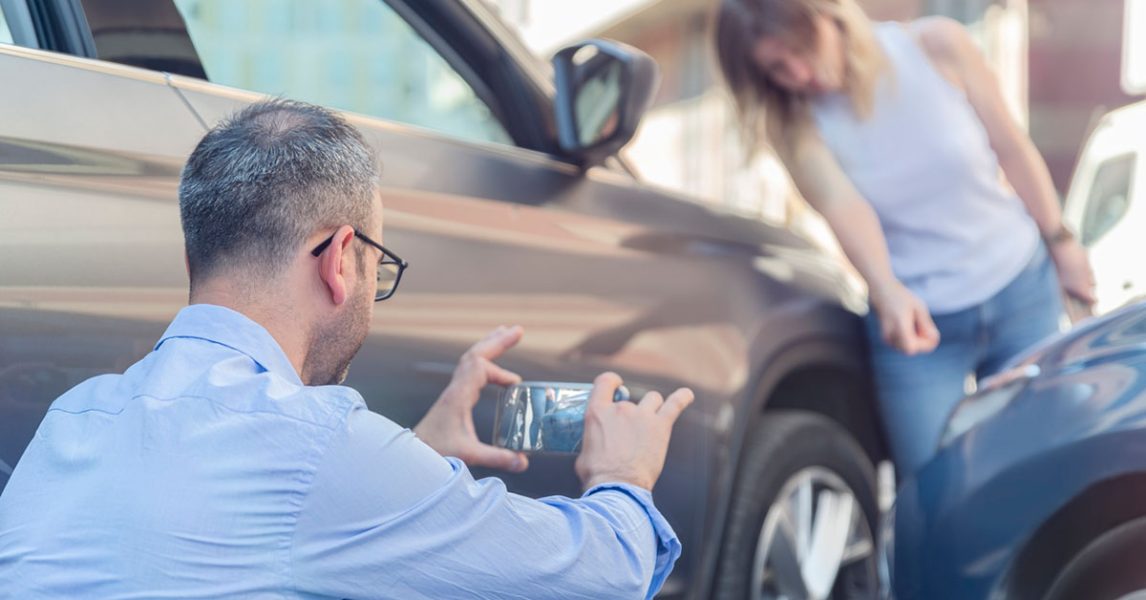
Gizmos & Gadgets: the best car technologies for safety
For your fleetWe’re all aware that autonomous (or driverless) passenger, commercial, and heavy vehicles are on their way. There are still several years to go until they’re readily available on Australian roads, but much of the technology that will underpin these vehicles is already available in today’s cars.
Many emerging gizmos and gadgets prioritise safety and keeping your people safe behind the wheel on increasingly busy and congested roads is being made that little bit easier.
When making procurement and fleet replacement decisions for your business and even supporting your people on their daily commutes, it’s vital to know about these in-vehicle safety gadgets and how they work. Familarising yourself with all the safety developments of your new vehicle options, and then ensuring your drivers learn how to activate them, is just as important as the manufacturer creating the technology in the first place.
Here are some of the leading vehicle gizmos and gadgets with a safety focus today.

Adaptive cruise control
Powered by a radar or sensor unit placed in the front of the vehicle’s chassis or grille (or, in Subaru’s case, cameras at the top of the windscreen), adaptive cruise control technology tracks the distance between your vehicle and the one in front, and then maintains that set distance if the vehicle ahead slows down.
Similarly, in a situation where the lead vehicle speeds up, the adaptive cruise control will also maintain the distance between the two cars, up to the speed limit you’ve set on your vehicle. For example, if you’ve set your cruise control for 98km/h in a 100km/h zone, that’s the maximum speed your vehicle will do, even if the vehicle in front exceeds 98km/h.
As well as proving useful on highways, adaptive cruise control can be set for city driving in some vehicle makes and models. The technology can bring the car to a complete stop and then allow it to move safely ahead, which means you don’t need to touch the controls, even in peak traffic situations.
Lane departure
Lane departure warning/alert is available on most new vehicles. It does exactly what it says on the box – when you switch on your lane departure function, the car will warn you via a beep, steering wheel vibrations, or a dashboard alert when you sway or drift too far out of your driving lane.
Other variations of this safety feature include lane centring assist (keeps the vehicle in the middle of a lane) and lane keeping assist (nudges the vehicle back to the centre of the lane if you drift).
Each function involves the use of a camera or sensors that detect lane markings or road widths, and then reacts when your vehicle moves too far off centre or is about to merge into the neighbouring lane. With drowsiness behind the wheel being a major contributor to accidents and road trauma, this kind of technology can go a long way in helping minimise the risk of serious injury and even fatalities.

Blind spot detection
Sometimes known as a blind spot information system (in the case of Ford and Volvo) or lane watch, blind spot detection technology is useful in helping drivers avoid accidents or collisions that can arise due to any limitations of their field of vision.
Utilising cameras and sensors built into the body of your car or the side mirrors, blind spot detection systems essentially monitor the traffic around your vehicle and help you identify whether (or not) it’s safe to change lanes -–or where cyclists, motorcyclists or pedestrians might be positioned as you attempt left or right turns at intersections.
Forward collision warning
Similar to blind spot detection, forward collision warning systems use sensors to detect the distance between you and the vehicle in front. The technology then either creates an alert – or, with some systems, hits the brakes – to prevent a crash. More advanced systems on newer vehicles can detect pedestrians, cyclists, and even straying pets.
With nose-to-tail bingles among the most frustrating and frightening experiences we can encounter while behind the wheel, technology of this type is sure to be a welcome advancement for many motorists.
Connected car services
Many of the gizmos and gadgets playing a big role in fleet safety fall under the banner of connected car services. They’ve been available for a few years, but the extent of what they can do is rapidly expanding.
For those new to this concept, connected car services are a suite of technology and digital services that integrate with your vehicle’s infotainment system, transport infrastructure (think variable speed limits on motorways and major arterial roads, school speed limits, and so on), smartphones and, in some cases, even other vehicles on the road.
Their services range from remotely updating map software and real-time traffic navigation, driver fatigue management, road sign recognition, and collision avoidance systems, to integrating with Siri or Alexa via your infotainment system and GPS tracking.
Once a feature unique to Tesla, most of the major manufacturers -including BMW, Audi, Toyota, Hyundai, Mercedes-Benz, Mazda, and Ford -are now capable of remotely updating much of the software used in connected car services via Over-The-Air (OTA) software updates. As far as new gizmos and gadgets go, these connected services have expanded from handling important safety functions (as mentioned above) to services like:
- Remote/keyless starting and door locking
- Relaying vehicle diagnostics to dealer service departments
- Stolen vehicle tracking
- Accident assistance and SOS software, which can notify emergency services in the case of an accident
- Providing data for usage-based insurance policies
For people managing vehicle fleets, connected car services are increasingly important in monitoring driver behaviour and fatigue management, fuel efficiency, maintenance planning, and data for insurance purposes.

Trailer backup assist
Many road users who need to tow a trailer consider successfully reversing it as one of life’s dark arts. Whether it’s your tool trailer, boat, caravan, or a time-honoured 6×4 single axle trailer, reversing can be a headache – and even slightly embarrassing if you don’t get it right!
In 2023, Ford launched their pro trailer backup assist technology in Australia. Initially available only in their 2023-plated F-150s, it’s now available on a number of Ranger and Everest 4X4 variants.
At (literally) the push of a button on the driver’s console, a reverse camera tracks your trailer’s position as you back up the vehicle. By twisting the button in the direction you want the trailer to move, a steering assist system takes over the wheel, helping guide the trailer into position.
Far from being a lazy cop-out, a trailer backup assist system allows the driver to better concentrate on their surroundings, and therefore minimise the risk of damage to other vehicles or property, or injury to other people.
Gizmos, gadgets, and safety – a powerful partnership
There’s significant value in ensuring your people are driving vehicles that are up to date with the latest available driver tech options. Not only can these gizmos and gadgets increase driving comfort for your employees, – and, let’s be honest, provide a level of novelty – they’re also extremely important for minimising risk and all the costs associated with avoidable accidents.
When we think of gizmos and gadgets, we need to go beyond the razzle-dazzle and understand that new driver technology should contribute to safer driving, which is important for us all.
Want to start a conversation about keeping your people safe behind the wheel? Talk to SG Fleet today.
 Driving Insights
Driving Insights




